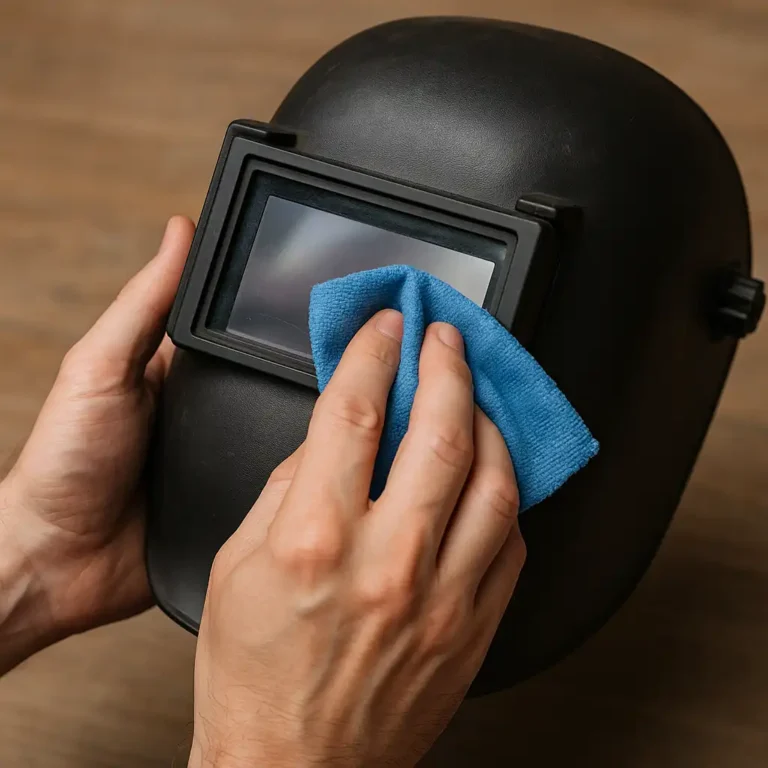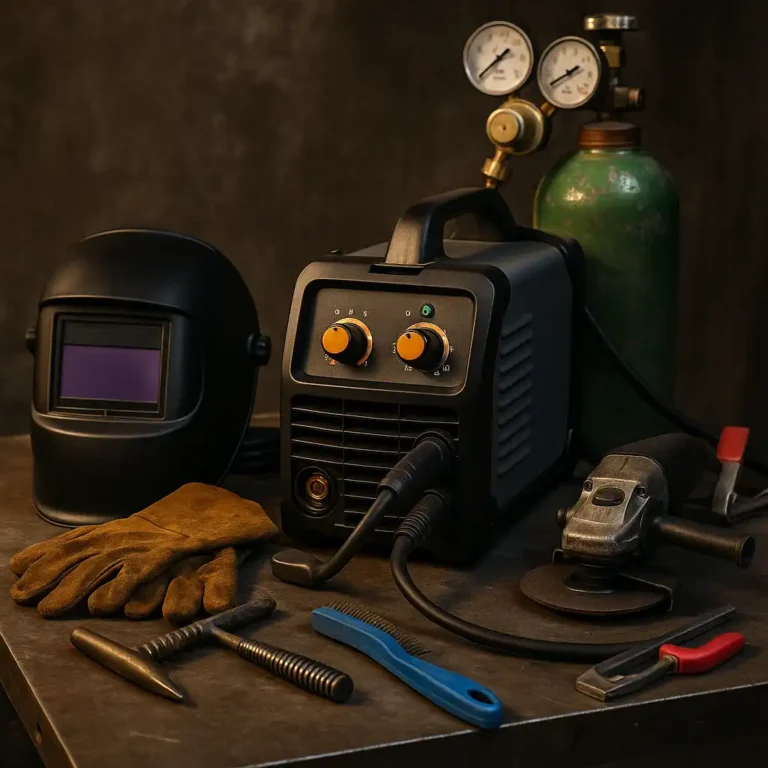Best Welding Respirator Mask for Maximum Protection

Welding is a rewarding yet hazardous trade. While sparks flying and molten metal create an exciting environment, the fumes and airborne particles are no joke. Protecting yourself from harmful toxins is crucial, and that’s where a reliable welding respirator mask comes into play.
Why You Need a Welding Respirator Mask
Welding fumes contain metal oxides, silicates, and other potentially harmful particles. Prolonged exposure can lead to respiratory issues, lung irritation, and even long-term health concerns. A high-quality welding respirator mask is your first line of defense, ensuring you breathe clean air without compromising comfort or visibility.
Top Welding Respirator Masks Reviewed
Miller ML00894 LPR-100 Respirator W/Filters
This low-profile respirator is designed specifically for welders. The Miller ML00894 LPR-100 offers a snug fit under most welding helmets while still providing exceptional protection.
Key Features:
- Compact Design: Easily fits under helmets without restricting movement.
- HEPA Filters: Provides 99.97% filtration efficiency against airborne particles.
- Adjustable Straps: Ensures a secure and comfortable fit for long welding sessions.
Ideal for both beginners and seasoned welders, this mask balances safety and convenience.
GVS SPR457 Elipse P100 Dust Half Mask Respirator
The GVS SPR457 Elipse P100 is a lightweight yet powerful respirator that excels in durability and comfort.
Key Features:
- Compact and Lightweight: Weighing just 130 grams, it minimizes neck strain.
- Replaceable Filters: Ensures cost-effective maintenance.
- Soft Seal Design: Creates a secure fit without discomfort.
This respirator is perfect for welders who need a comfortable, all-day solution.
Respirator Mask with Filters – Reusable Gas Mask
For welders dealing with chemicals, dust, or vapors, this mask offers versatile protection.
Key Features:
- Multi-Purpose Use: Suitable for welding, painting, and construction.
- Durable Design: Built to withstand tough industrial conditions.
- Adjustable Fit: Ensures a comfortable seal to prevent leaks.
This mask is ideal for welders tackling diverse projects.
How to Choose the Best Welding Respirator Mask
When selecting a welding respirator mask, consider these key factors:
- Filtration Efficiency: Look for masks rated P100 or N99 for the highest protection.
- Comfort and Fit: Ensure the mask sits comfortably for long shifts without irritating.
- Compatibility: Verify the mask fits snugly under your welding helmet.
- Maintenance: Opt for masks with replaceable filters for long-term cost savings.
Conclusion
Investing in a quality welding respirator mask is an essential step in safeguarding your health. Whether you prefer the sleek Miller LPR-100, the lightweight GVS SPR457, or the versatile Reusable Gas Mask, prioritizing protection can make all the difference.
Related Articles You Might Find Helpful
Here are some related articles you might find helpful:






